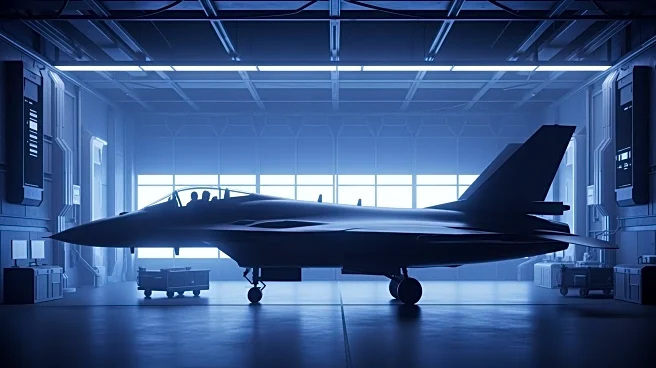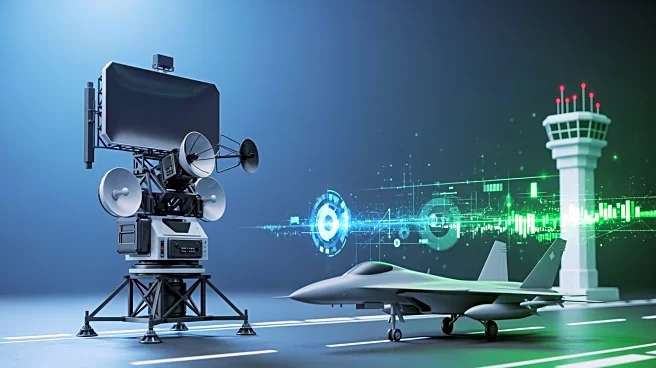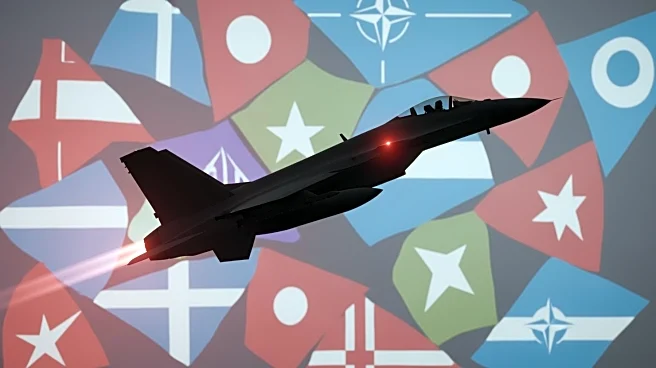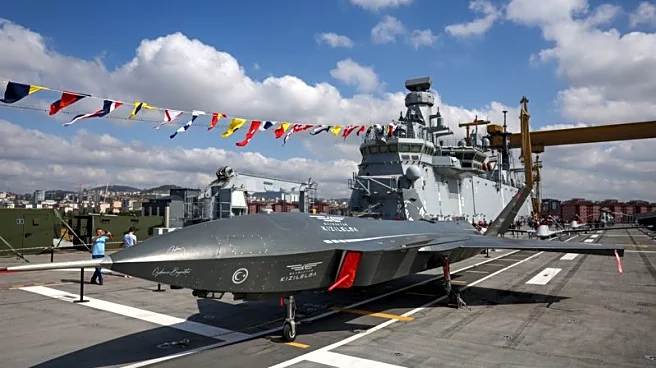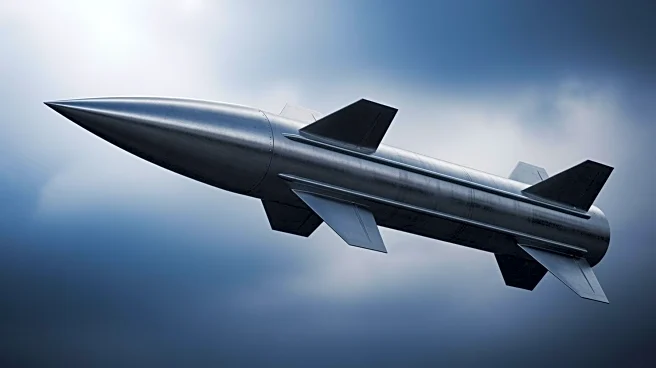What's Happening?
A study conducted by the Rand Corporation has identified significant interoperability challenges between the United States and European air forces, despite both regions operating similar aircraft models like the F-35 and F-16. The report highlights issues
such as incompatible support equipment, differing aircraft variants, and a lack of shared data and procedures. These barriers complicate the U.S. Air Force's Agile Employment Concept (ACE), which aims for fighter squadrons to operate from dispersed airbases, requiring mobility and flexibility. The study suggests that U.S. aircraft could benefit from being serviced at partner airbases using local personnel and equipment, enhancing ACE operations. However, security concerns and differing policies among U.S. fighter wings limit cross-servicing capabilities.
Why It's Important?
The interoperability issues identified in the Rand study have significant implications for U.S. and NATO air forces. Enhanced interoperability could lead to more agile and confident European airpower during crises, reducing the resource-intensive nature of fighter operations. The current lack of coordination and communication among key stakeholders, including USAFE wings and headquarters, poses a challenge to achieving seamless operations. Addressing these issues could reduce costs and improve operational capabilities, making allied fleets and bases more resilient and integrated.
What's Next?
The Rand report recommends the establishment of dedicated units within the U.S. Air Force to oversee interoperability with allies. These units would focus on partner interoperability, requiring a clear mandate and regular interaction with headquarters and wings. Solving these interoperability challenges could provide enormous benefits for U.S. and NATO air forces, enhancing European airpower's agility and confidence in crisis situations.
Beyond the Headlines
Improving interoperability between U.S. and European air forces could lead to long-term shifts in military strategy and operations. It may foster stronger alliances and collaboration, enhancing collective security and defense capabilities. Additionally, addressing these challenges could set a precedent for future military cooperation and integration efforts.
